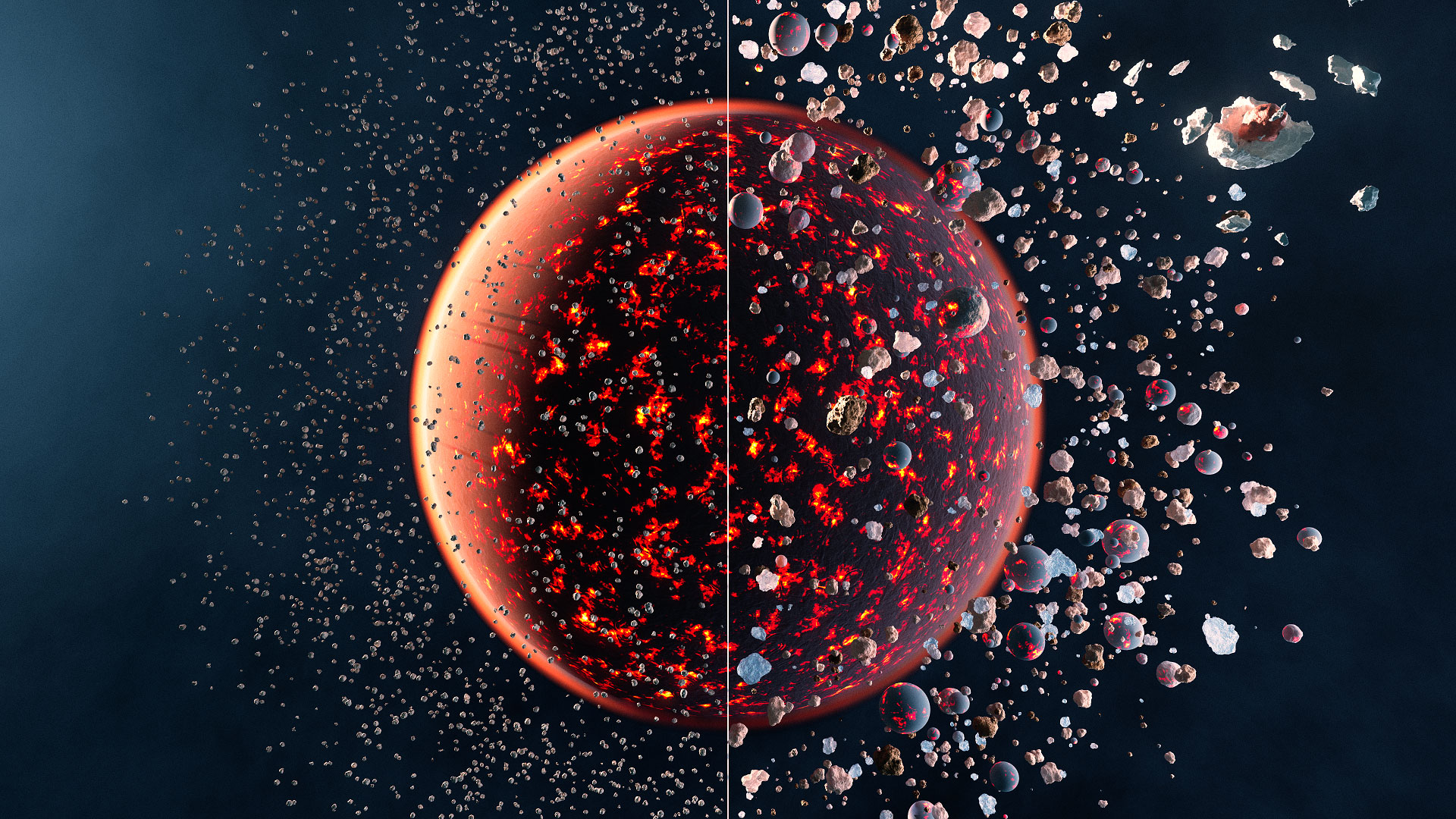Accretion and differentiation of the terrestrial planets

The terrestrial planets of our Solar System, including the Earth, are thought to represent the sum of progressive collisional growth of smaller bodies, whose size distribution evolved through time and space. Whether these small bodies are predominantly km-sized planetesimals or cm-sized pebbles remains an open question. Such models of the accretion of the planets may be tested by examining their chemical and isotopic composition, which are estimated through analysis of mantle samples from the Earth, and meteorites from other rocky planets. Our group has proposed a novel theory to produce the composition of the Earth by the stochastic accretion of rocky, differentiated material that formed over a wide range of times and/or heliocentric distances (Sossi et al. 2022). We also examine the consequences of core formation (e.g. Siebert et al. 2018, Kubik et al., 2022) and volatile depletion (e.g. Sossi et al. 2019; 2020a; Klemme et al. 2022; Paquet et al. 2023) on the chemical and isotopic composition of rocky planets. Recent research efforts focus on the experimental and theoretical investigation of the vaporisation reactions of silicate melts and activities of trace elements in minerals condensing from the solar nebula.
Researchers
- Urja Zaveri
- Haiyang Wang (now Assistant Professor at StarPlan / University of Copenhagen)